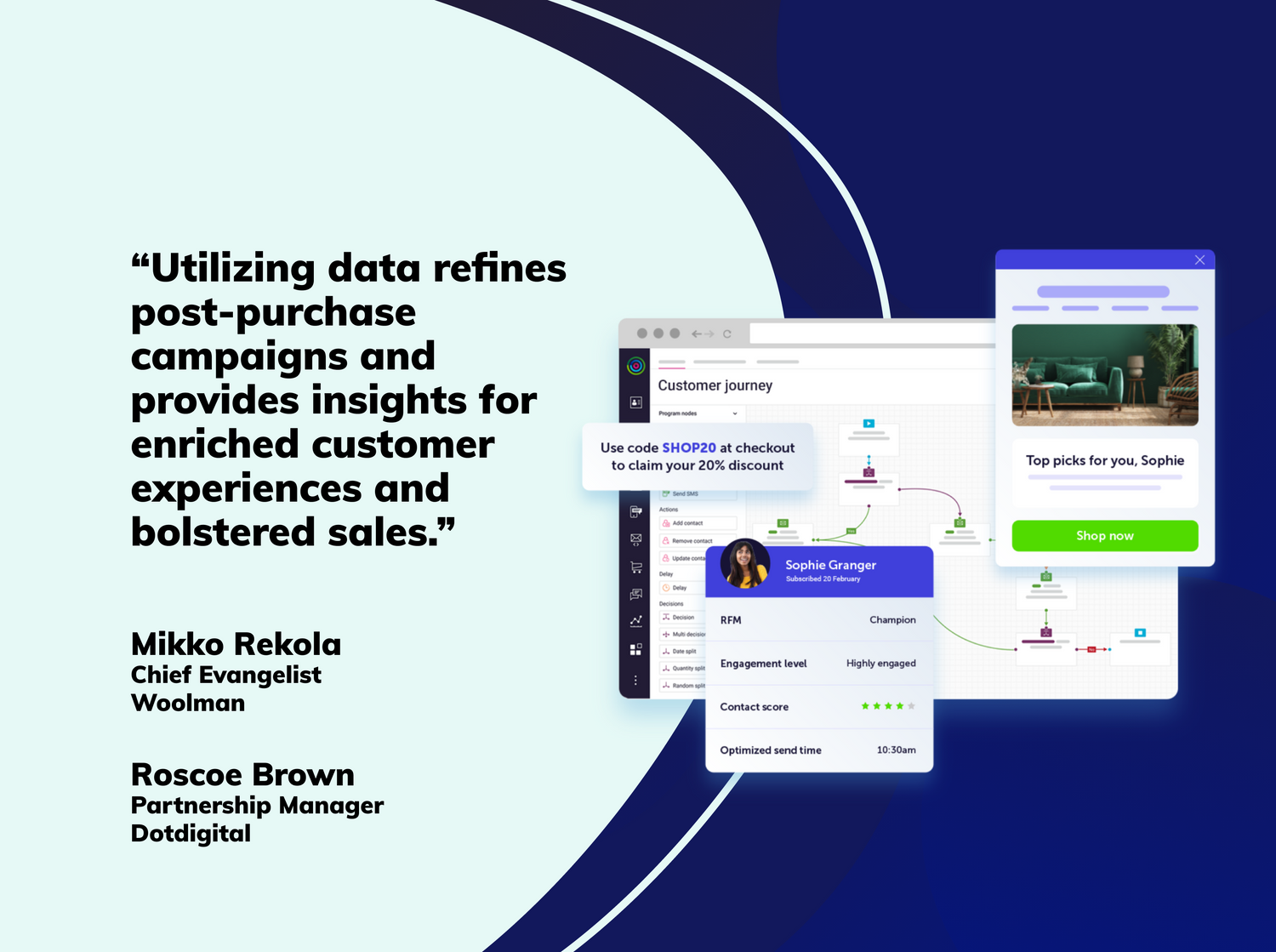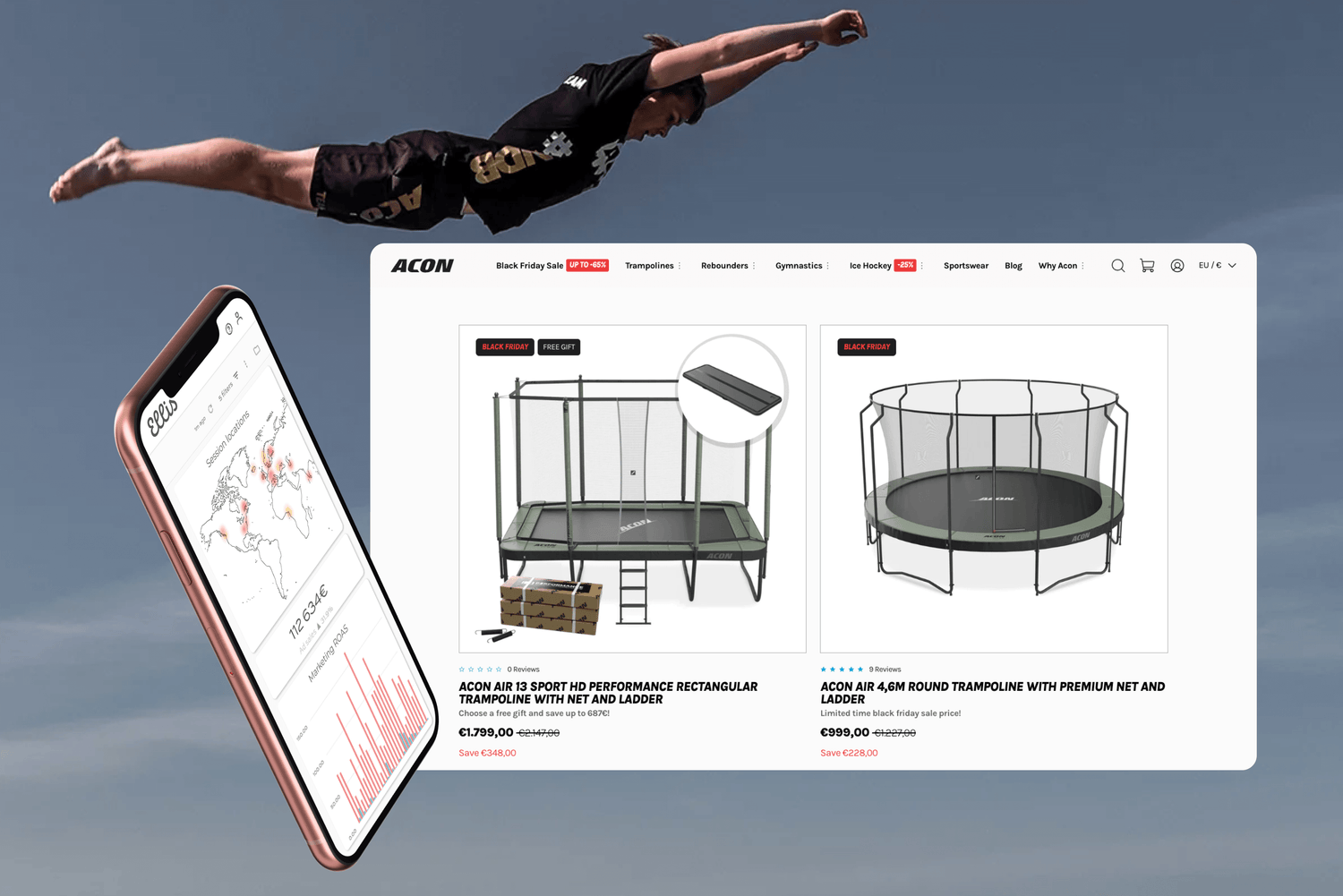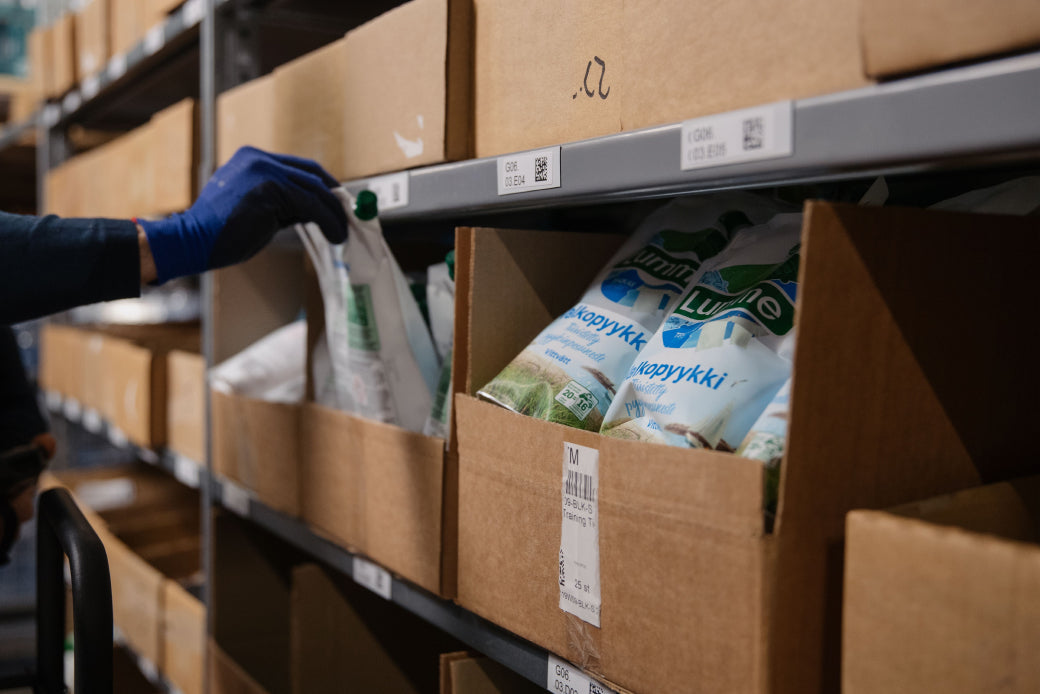
The COVID-19 situation has hit hard fashion brands all over the world. In addition to the rapid change in buying behavior like cherry on top of the cake, states have forcibly limited the ability of brick-and-mortar shops to operate. This has created an unequal situation, where some suffer more than others.
Brands that sell online alone have already benefited from their experience with fast-paced digital commerce processes, while those who trust mostly on brick-and-mortar stores have hit the wall. The majority of these unlucky ones have lingered for a few weeks. Only few have been able to transfer the stocks from physical locations to their online store selection.
Seasons just keep following each other
The main problem in the fashion industry is the unsustainable structure of the entire industry. It’s built on seasons that were once linked to four seasons of the nature. To maximize sales today, there are a few extra seasons among those original four. And of course, there are anniversaries invented by marketers to provide reasons to arouse customer interest and increase sales. The majority of the industry has joined into this squirrel wheel of tacit contracts, supported by the entire industry from designers to production and owners to the media.
Once you get lost in the squirrel wheel, it’s hard to get out of there. Especially if you have been financially successful. Just enjoying the ride can be very relaxed as the familiar seasons roll forward. Over and over again. You can even put your feet on the table and listen as the cash register squeaks at a steady pace. One is easily looking for a glass of ice-cold champagne. This pleasure has been suddenly bothered by the changed customer behaviour. There has been talk of over-consumption, fast fashion and major ethical and environmental issues in production processes.
And suddenly even a global pandemia arrived. The trend in the industry has been to invest most resources in physical stores. Why? Because brick-and-mortar stores have traditionally been able to reach largest possible customer base. These stores have managed to generate tens or hundreds of times more cashflow than the brands' own online stores. However, certain brands have begun to believe in their own online stores and have also created so-called omnichannel solutions, in which their own online store and physical stores are combined into one service entity.
If the doors of the physical stores remain closed for up to months, it doesn’t matter if the gift card can be redeemed at the store as well. Or you can pick up the product you booked online also from the physical location next to your office. This isn’t the last star flight of the omnichannel approach, but this gave a serious blow to both the omnichannel ideology and the brands that rely solely on the physical locations being the only part of their retail strategy.
Passivity equals death
I have discussed with a wide variety of fashion brands executives both in Europe and North America. One theme in the discussions has been above the rest: items have been badly stuck in brick-and-mortar stores. Only a few started to move this stock part from physical locations to online. Most just wait, but why?
Moving products from one location to another is tedious. What if this tedious process is the only solution? Let me highlight that it has also been difficult for brands operating online alone. Many of these so called direct-to-consumer brands have started to sell their seasonal favorites with heavy discounts and all campaigning has become extremely offer-driven. However, these digital brands have realized one of the biggest weaknesses of the budding squirrel wheel. There is less demand for spring season products in mid-summer or fall.
Once you have taught customers to follow a particular formula and created products that support that formula, it’s hard to lure customers to buy previous season’s products during next season and at full price. The capacity of inhouse marketing team has its limits, especially as people’s purchasing power has undergone surprising changes. In the new everyday life, many outfits have less use than previous everyday life. Fancy business outfits or evening dresses have hardly been the bestsellers of recent weeks. Very few customers are ready to buy products for use then sometimes in the shady future at the original price and at the wrong time.
So what separates the currently successful fashion brands from the sufferers? The difference can be found in distribution models, agility and proactivity. Above all, the difference is based on relevance. Fashion is full of emotions. By dressing, an individual communicates something about themselves. Dressing stands out from the masses, takes a stand, and upholds certain values. In such a situation, the most successful are the brands, that did well even before the crisis. With story and mission, a garment is much more than just a piece of fabric.
Why act now?
Now is the very last moment to move the products from physical locations to the online stores. This can still save a lot, even if you have to give up in the pricing. Your sales figures won’t most likely hit your targets, but you can keep cash flowing in and you get rid of soon outdated stock. Many of you are also waiting for the summer and fall products rolling into warehouses, so stocks from previous seasons are bound to come off.
Getting rid of last season items can be done in many ways. The first thing to think about are mail order catalogs a few decades ago. Many of these companies did very well in North American and major European countries. Germany, for example, was still a promised mail-order country in the 1990s. Customers were satisfied, and many catalog sellers grew tremendously. Physical interactions between the product and the buyer are not necessarily required when buying fashion items. This is a fact, not an opinion or a preference.
The advantage of ecommerce is that the processes and tools have evolved since the golden age of mail order catalogs. Cloud-based ecommerce solutions enable products to be sold around the clock, anywhere in the world. Online stores have existed before COVID-19, but only now has this really become a serious retail channel for all sort of brands. It’s crucial for the continuity of a brand’s life to finally invest sufficient resources in ecommerce and the development of digital sales channels. Including high enough stakes in crucial resources such as money and people.
The brands that appeal to customers and follow their time have managed to make creative solutions only days or weeks after being forced to close physical stores. Their products have been at least partially transferred to online channels and the store's professional staff has been involved in the development of the online store. This is not to say that the future of fashion brands is just digital, but the share of digital channels is growing at a different rate than before the crisis. And finally, it is now understood that a credible brand can be created if desired only on digital channels and still succeed in growing the business.
Mikko Rekola, lead growth hacker | Woolman


















